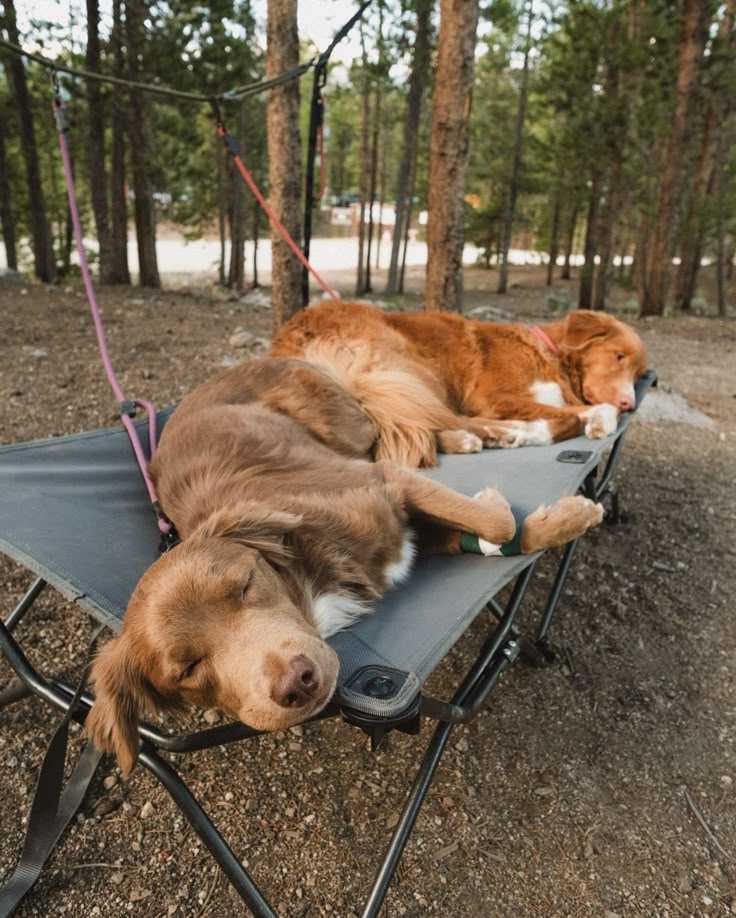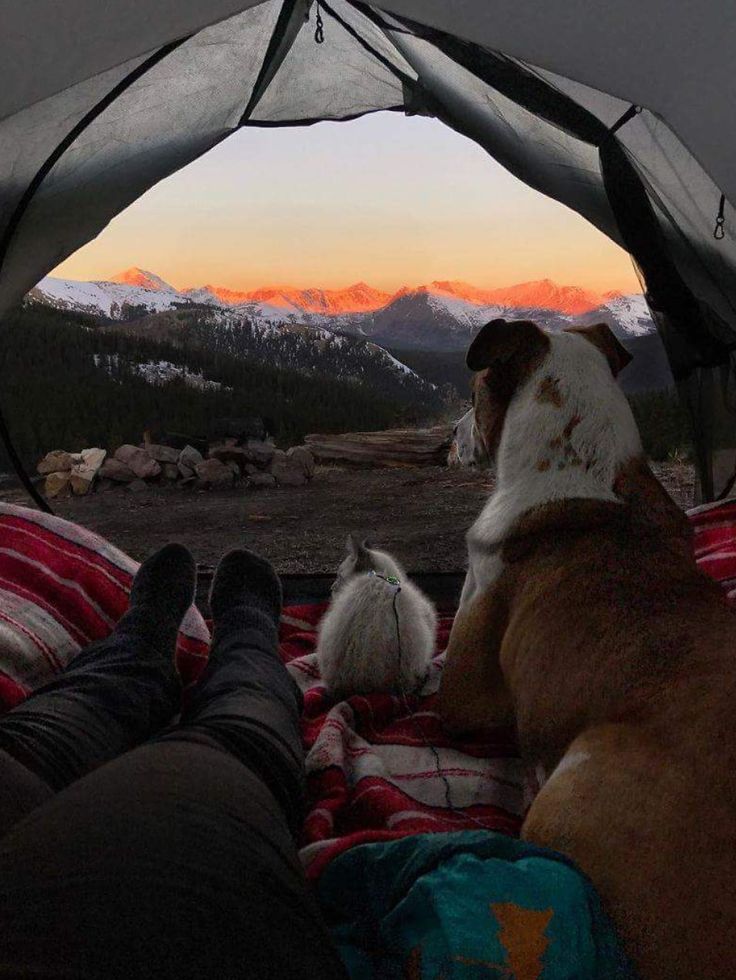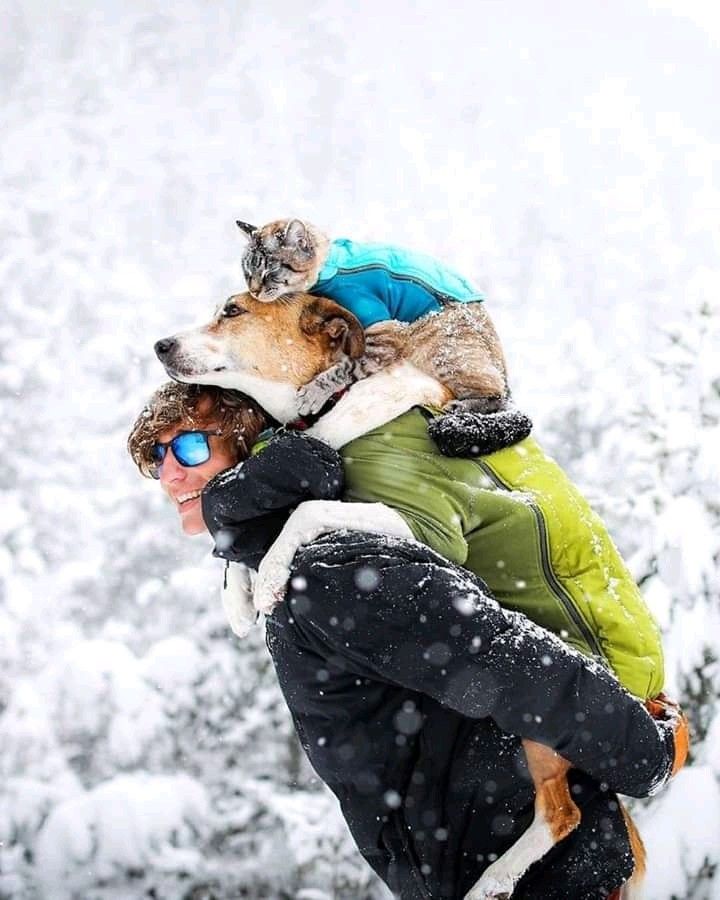Traveling with Pets: How to Make It Work

In recent years, the trend of pet-inclusive travel has gained significant momentum among animal lovers. As more people consider their pets as integral members of the family, the desire to include them in travel plans has become increasingly popular. This shift reflects a broader cultural movement towards more inclusive and personalized travel experiences. However, traveling with pets presents its own set of unique challenges and rewards. From ensuring the comfort and safety of your furry companions to navigating the logistics of transportation and accommodations, pet travel requires careful planning and consideration.
Despite these challenges, the rewards of traveling with pets are plentiful. Sharing new experiences with your pet can strengthen your bond and create lasting memories. Whether you’re embarking on a road trip across the country or exploring new travel destinations, having your pet by your side can enhance the adventure. This essay aims to provide practical tips and insights to help you make travel with pets work smoothly. By understanding the essentials of pet travel, you can ensure a stress-free and enjoyable journey for both you and your pet. For more information on travel, visit our travel page.
Preparing for the Journey
Researching Pet Travel Requirements

Before embarking on any adventure tourism with your pet, it’s crucial to thoroughly research the specific travel requirements that apply to your journey. Understanding airline and hotel pet policies and fees is a fundamental step in ensuring a smooth travel experience. Airlines often have distinct regulations regarding pet travel, including size restrictions for carriers, breed limitations, and additional fees. It’s essential to contact the airline well in advance to confirm these details and make any necessary arrangements.
Similarly, hotels and other travel accommodations may have varying policies regarding pets. Some establishments welcome pets with open arms, while others may impose restrictions or additional charges. Researching these policies ahead of time can prevent any last-minute surprises and help you choose the best options for your needs.
In addition to understanding policies, it’s important to ensure that your pet has the necessary vaccinations and documentation for crossing state or international borders. Many destinations require proof of vaccinations, such as rabies, and some may even require a health certificate issued by a veterinarian. By preparing these documents in advance, you can avoid potential delays or complications during your travels.
Choosing Pet-Friendly Accommodations
Finding the right travel accommodations is a key aspect of planning a successful trip with your pet. Fortunately, there are numerous options available, ranging from pet-friendly hotels to vacation rentals that cater specifically to pet owners. When searching for accommodations, consider using travel agency services that specialize in pet-friendly options. These services can provide valuable insights and recommendations based on your specific needs and preferences.
When evaluating potential accommodations, it’s important to consider the amenities and services that cater to pets. Look for features such as designated pet areas, walking trails, and pet-sitting services. These amenities can enhance your travel experience and ensure that your pet is comfortable and well-cared for during your stay. Additionally, some accommodations offer special packages or promotions for pet owners, which can be a great way to save on travel expenses.
By choosing the right accommodations, you can create a welcoming and enjoyable environment for both you and your pet. This not only enhances your travel experience but also contributes to a stress-free and memorable journey.
Packing Essentials for Your Pet

Proper packing is essential to ensure that your pet has everything they need for a comfortable and enjoyable trip. Must-have travel gear includes carriers, leashes, and portable water bowls. A sturdy and well-ventilated carrier is crucial for safe transportation, especially if you’re flying. Ensure that the carrier is the appropriate size for your pet and complies with airline regulations.
Leashes are another essential item, as they allow you to safely explore new travel destinations with your pet. Consider bringing a retractable leash for added flexibility and convenience. Portable water bowls are also important, as they enable you to keep your pet hydrated during long journeys or outdoor adventures.
In addition to travel gear, it’s important to pack familiar items that provide comfort and reassurance to your pet. This may include their favorite toys, blankets, or bedding. Familiar scents and objects can help reduce anxiety and make your pet feel more at home in unfamiliar surroundings. Additionally, ensure that you have an adequate supply of food, treats, and any necessary medications for the duration of your trip.
By carefully preparing and packing for your journey, you can ensure that your pet has a safe and enjoyable travel experience. This attention to detail not only contributes to your pet’s well-being but also enhances the overall success of your trip.
Ensuring Pet Safety and Comfort
In-transit Considerations

Ensuring the safety and comfort of your pet during transit is paramount when planning any travel adventure. Whether you’re embarking on a road trip or flying to distant travel destinations, utilizing appropriate restraints and carriers is essential. For car travel, pet seat belts or harnesses can provide security and prevent distractions while driving. These restraints are designed to keep your pet safe in the event of sudden stops or accidents, offering peace of mind during your journey.
When flying, selecting the right carrier is crucial. Airlines have specific requirements for pet carriers, including size, ventilation, and construction. It’s important to choose a carrier that meets these standards and provides ample space for your pet to move comfortably. Additionally, familiarizing your pet with the carrier before the trip can help reduce anxiety and make the experience more pleasant.
Managing pet anxiety is another important consideration during travel. Calming techniques and products, such as pheromone sprays or anxiety wraps, can be effective in soothing nervous pets. Playing soft music or using white noise machines can also create a calming environment. For pets with severe anxiety, consulting with a veterinarian about potential medications or supplements may be beneficial. By addressing these in-transit considerations, you can ensure a safer and more comfortable journey for your pet.
Maintaining Health and Well-being
Maintaining your pet’s health and well-being is a critical aspect of successful travel. Regular feeding, exercise, and bathroom breaks are essential to keep your pet comfortable and content. When planning your travel itinerary, be sure to incorporate time for these necessities. For road trips, frequent stops for bathroom breaks and short walks can help your pet stretch and relieve stress.
Feeding schedules should be maintained as closely as possible to your pet’s routine at home. This consistency can help prevent digestive issues and keep your pet feeling secure. It’s also important to provide access to fresh water throughout the journey to prevent dehydration, especially during long flights or car rides.
Being vigilant about your pet’s health during travel is crucial. Spotting signs of travel-related stress or illness early can prevent more serious issues. Symptoms such as excessive panting, drooling, or lethargy may indicate stress or discomfort. If you notice any concerning signs, it’s important to address them promptly and consult a veterinarian if necessary. By prioritizing your pet’s health and well-being, you can ensure a more enjoyable travel experience for both of you.
Acclimating Pets to New Environments

Acclimating your pet to new environments is an important step in reducing stress and ensuring a smooth transition. Gradual introductions to new places can help your pet adjust more easily. Start by allowing your pet to explore the new environment at their own pace, using positive reinforcement to encourage curiosity and confidence.
Creating a safe and familiar space in the new environment can also help your pet feel more at ease. Bringing along familiar items, such as their bed, toys, or blankets, can provide comfort and reassurance. Designating a specific area for your pet to retreat to when they need a break can also be beneficial.
During your travels, it’s important to be mindful of your pet’s behavior and comfort level. Some pets may take longer to adjust to new surroundings, while others may adapt quickly. Patience and understanding are key to helping your pet acclimate successfully. By taking these steps, you can create a positive and stress-free experience for your pet, allowing them to enjoy the adventure alongside you.
Navigating Local Culture and Regulations
Understanding Local Pet Laws and Etiquette
When traveling with pets, understanding local pet laws and etiquette is essential to ensure a smooth and respectful experience. Different travel destinations have varying regulations regarding pets, including leash laws, designated pet areas, and pet-friendly attractions. Familiarizing yourself with these rules before your trip can help you avoid potential fines or conflicts. Many cities and parks have specific areas where pets are allowed to roam freely, while others may require pets to be leashed at all times. Knowing these details in advance allows you to plan your activities accordingly.
Respecting local customs and norms is equally important when traveling with pets. In some cultures, pets may not be as commonly accepted in public spaces, and understanding these cultural differences can help you navigate interactions more smoothly. Being mindful of how your pet’s behavior may be perceived by locals is crucial. For instance, ensuring your pet is well-behaved and not disruptive in public areas demonstrates respect for the community and enhances your travel experience.
By taking the time to understand and adhere to local pet laws and etiquette, you can ensure a positive and respectful experience for both you and your pet. This awareness not only contributes to a more enjoyable trip but also fosters goodwill with the local community.

Access to Veterinary Care
Access to veterinary care is a critical consideration when traveling with pets. Before embarking on your journey, it’s important to locate nearby veterinary services and emergency care facilities at your destination. This preparation ensures that you can quickly access professional help if your pet experiences any health issues during your travels. Many travel agency services can assist in identifying reputable veterinary clinics in the area, providing peace of mind as you explore new places.
Planning for unexpected health issues is an essential part of travel safety guidelines for pet owners. Carrying a basic pet first-aid kit can be invaluable in addressing minor injuries or ailments. This kit should include items such as bandages, antiseptic wipes, and any medications your pet may require. Additionally, having a copy of your pet’s medical records and vaccination history can expedite treatment if needed.
By ensuring access to veterinary care and being prepared for potential health issues, you can safeguard your pet’s well-being throughout your travels. This proactive approach not only protects your pet but also allows you to enjoy your trip with greater peace of mind.
Incorporating Pets into Travel Itineraries
Incorporating your pet into your travel itinerary can enhance your overall experience and create lasting memories. Selecting activities and attractions that accommodate pets is key to ensuring a rewarding trip for both you and your furry companion. Many travel destinations offer pet-friendly options, such as hiking trails, parks, and outdoor cafes, where pets are welcome. Researching these options in advance allows you to plan a diverse and engaging itinerary that includes your pet.
Balancing human and pet interests is an important aspect of travel planning. While it’s essential to include pet-friendly activities, it’s also important to consider your own interests and preferences. Finding a balance between activities that cater to both you and your pet can lead to a more fulfilling travel experience. For example, combining cultural exploration with outdoor adventures can provide a well-rounded itinerary that satisfies both parties.
By thoughtfully incorporating your pet into your travel plans, you can create a harmonious and enjoyable experience for everyone involved. This approach not only strengthens the bond between you and your pet but also enriches your travel journey with shared experiences and adventures.
Conclusion

Traveling with pets offers a unique opportunity to create joy and lifelong memories that are cherished for years to come. The bond between pet owners and their furry companions is often strengthened through shared experiences and adventures. Whether exploring new travel destinations or embarking on a road trip, the presence of a beloved pet can enhance the journey in countless ways. The joy of witnessing your pet’s excitement as they explore new environments or the comfort of their companionship during quiet moments adds a special dimension to travel that is truly irreplaceable.
These experiences not only enrich the lives of pet owners but also contribute to the well-being of the pets themselves. The stimulation and engagement that come from exploring new places can be beneficial for pets, providing them with mental and physical enrichment. As pet owners, the memories created during these travels become treasured stories that are shared with family and friends, further solidifying the bond with our pets.
Embracing the adventure of traveling with pets requires careful planning and consideration, but the rewards are well worth the effort. By ensuring the well-being of our pets throughout the journey, we can fully enjoy the adventure and create a positive experience for everyone involved. This includes understanding travel safety guidelines, choosing pet-friendly accommodations, and incorporating activities that cater to both human and pet interests. By taking these steps, pet owners can confidently embark on their travels, knowing that they are providing a safe and enjoyable experience for their pets.
Encouraging pet owners to embrace the adventure of traveling with their pets is a testament to the evolving nature of travel. As more people recognize the value of including their pets in their travel plans, the industry continues to adapt, offering more pet-friendly options and services. This shift reflects a growing appreciation for the role that pets play in our lives and the desire to share meaningful experiences with them. By embracing this trend, pet owners can embark on journeys that are not only fulfilling but also create lasting memories that celebrate the special bond between humans and their pets.